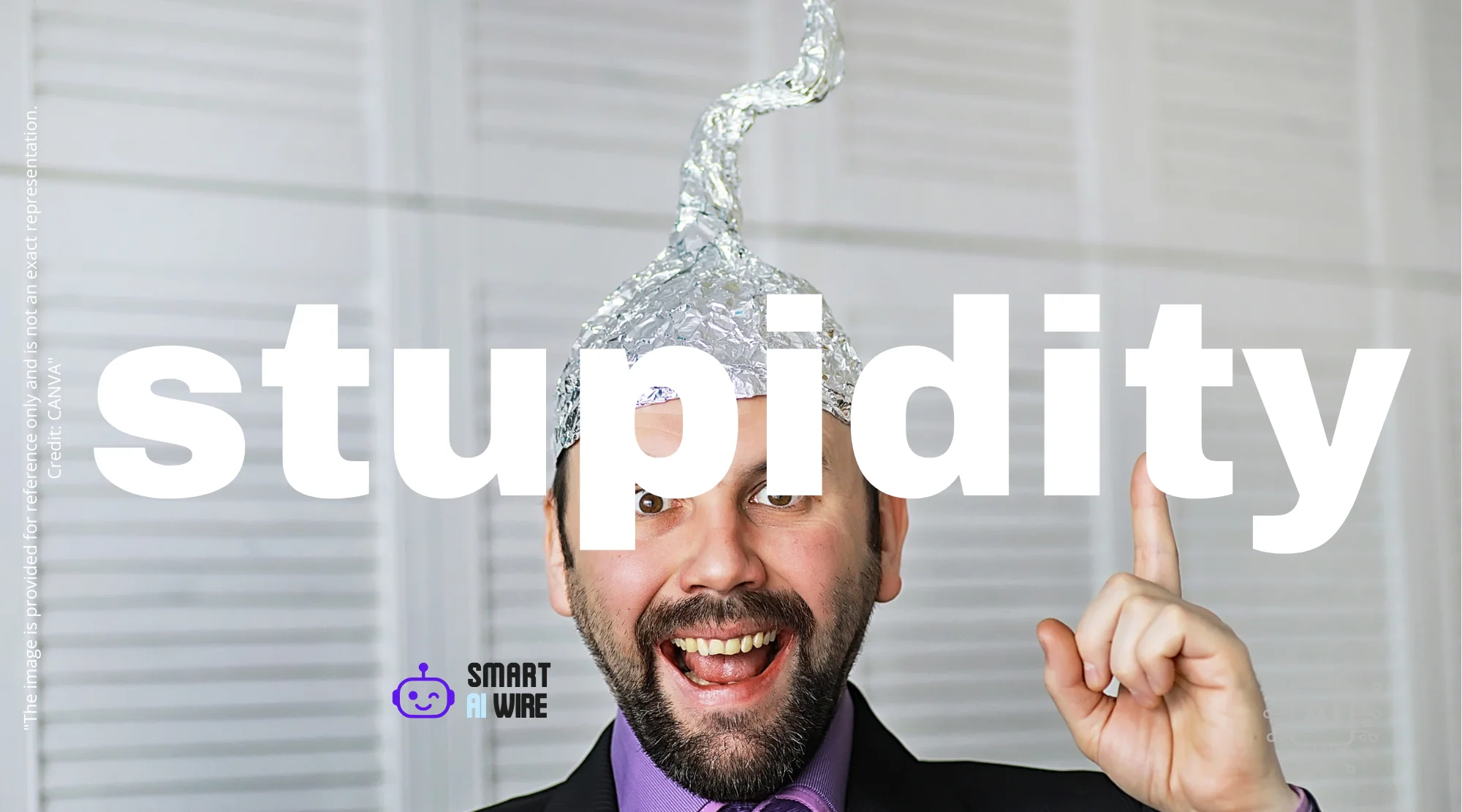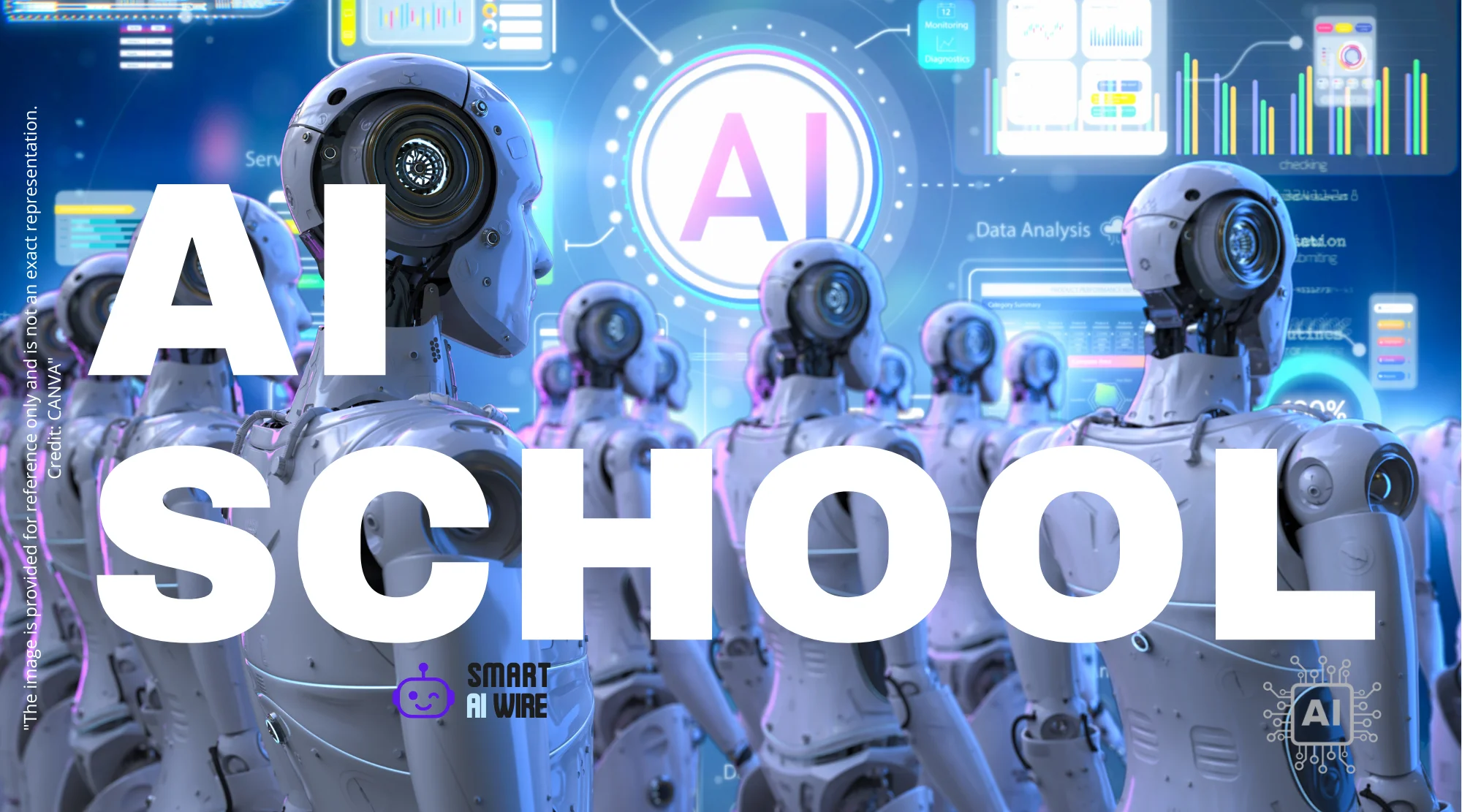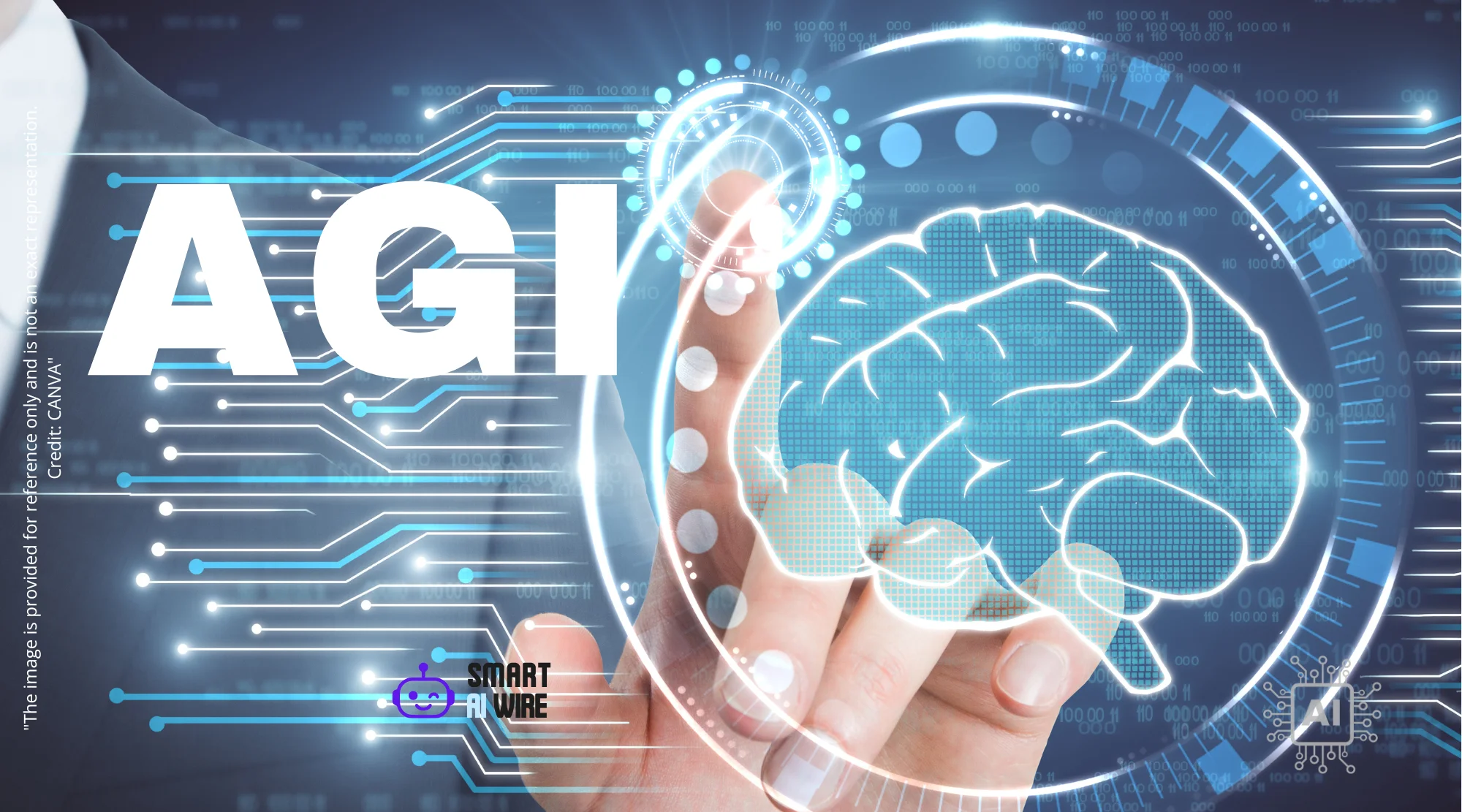Unleash Your Creative Potential: How Google AI is Revolutionizing Asset Generation
In the relentless pursuit of captivating audiences, marketers and content creators face a constant battle against time and resources. The demand for high-quality, on-brand creative assets, from eye-catching visuals to compelling ad copy, has never been higher. This is precisely where the power of artificial intelligence is stepping in, promising to transform the entire creative workflow. Google AI, through its evolving Asset Studio, is at the forefront of this revolution, offering a glimpse into a future where generating, scaling, and optimizing creative assets is not just faster, but fundamentally smarter and more effective.

The core promise of Google’s Asset Studio is to serve as a unified platform for bringing creative visions to life. By leveraging the advanced capabilities of generative AI, this suite of tools is designed to support marketers across their entire creative journey. This means going beyond simple image creation to encompass development, refinement, and seamless sharing of high-performing creative content. Imagine a world where you can dictate the precise aesthetic of your visuals with stylistic references, and then preview how these advertisements will appear across every conceivable channel before they even launch. This level of control and foresight is becoming a reality, particularly with upcoming seasonal rushes like the holiday period demanding peak efficiency.
Furthermore, Google’s commitment to pushing the boundaries of AI-powered creativity is evident in their continuous upgrades to core technologies. The integration of their advanced image generation model, Imagen 4, signifies a leap forward in visual quality. This isn’t just about generating pretty pictures; it’s about achieving remarkable improvements in detail, texture, photorealism, and even abstract artistic styles. This enhanced capability means that the creative assets produced will not only be on-brand but also possess a level of sophistication that resonates deeply with target audiences. The implications for advertising, branding, and digital content creation are profound, offering a powerful new toolkit for anyone looking to stand out in a crowded digital landscape.
The Evolving Landscape of AI in Creative Asset Generation
The integration of AI into creative processes is no longer a futuristic concept; it’s a present-day reality reshaping industries. For years, graphic designers and marketing teams have relied on manual labor and sophisticated software to produce visual assets. This often involved lengthy design cycles, multiple revisions, and significant costs. AI, however, is introducing an unprecedented level of automation and intelligence, allowing for the rapid generation of variations and entirely new concepts based on specific prompts and parameters.
Tools like Google’s Asset Studio are built upon this foundation, aiming to democratize advanced creative capabilities. The vision is to empower users, regardless of their technical design expertise, to produce professional-grade assets. This involves understanding complex user inputs and translating them into visually coherent and impactful outputs. The generative AI models powering these platforms are trained on vast datasets, enabling them to learn patterns, styles, and aesthetic principles that can be applied to new creations. This iterative process of learning and application is what allows AI to generate novel content that often surprises and delights.
The benefits extend beyond mere speed. AI can also assist in overcoming creative blocks by suggesting novel ideas or generating multiple options that a human might not have considered. This collaborative relationship between human creativity and AI augmentation is proving to be a powerful combination. Instead of AI replacing human creatives, it’s becoming a potent assistant, handling repetitive tasks and offering new perspectives, thus freeing up human talent for higher-level strategic thinking and conceptualization.
Asset Studio: A Unified Hub for Creative Production
At the heart of Google’s strategy is the development of Asset Studio as a central nexus for all creative asset needs. The goal is to move away from fragmented workflows and siloed tools towards an integrated experience. This “one-stop-shop” approach simplifies the entire production pipeline, from initial ideation to final deployment. Imagine a platform where you can conceptualize an ad campaign, generate multiple visual variations, write compelling copy (potentially with AI assistance), and then preview how it all looks and performs on different platforms—all within a single environment.
The emphasis on supporting “active accounts” suggests a deep integration with existing advertising and marketing ecosystems. This means that assets generated within Asset Studio are likely to be seamlessly compatible with Google’s advertising platforms, such as Google Ads. This interoperability is crucial for marketers who need to efficiently launch and manage campaigns across various channels. The ability to generate assets directly within the platforms where they will be utilized reduces friction and accelerates go-to-market strategies.
Furthermore, the concept of “style references” is a significant development. This feature allows users to imbue AI with a specific aesthetic direction. Whether it’s a brand’s established visual identity, the look and feel of a successful past campaign, or even inspiration from external sources, style references enable AI to generate content that is not only on-brand but also stylistically consistent and recognizable. This level of granular control is essential for maintaining brand integrity while exploring new creative avenues.
The Power of Imagen 4: Elevating Visual Fidelity
The upgrade to Imagen 4 for image generation represents a substantial leap in visual quality. Previous generations of AI image models, while impressive, sometimes struggled with fine details, photorealism, or achieving specific artistic effects. Imagen 4, by contrast, promises remarkable improvements across the board. This means that textures will be more intricate, details finer, and the overall output closer to high-definition photography or polished artistic renderings.
This enhanced fidelity has direct implications for advertising and branding. High-quality visuals are critical for capturing attention and conveying professionalism. With Imagen 4, marketers can expect to generate images that are not only aesthetically pleasing but also highly effective in communicating their message. Whether it’s showcasing a product with realistic detail, creating an abstract visual that evokes a specific emotion, or generating photorealistic scenes, the capabilities of Imagen 4 open up new creative possibilities.
The ability to generate both “photo realistic and abstract styles” is a testament to the model’s versatility. This means that Asset Studio can cater to a wide range of creative briefs, from those requiring the utmost authenticity to those seeking imaginative and conceptual visuals. For example, a fashion brand might use Imagen 4 to generate hyper-realistic product shots, while a technology company might leverage its abstract capabilities to visualize complex concepts like data flow or innovation. This adaptability makes Imagen 4 a powerful tool for diverse marketing objectives. For more on the principles of effective AI in creative workflows, consider exploring resources from organizations like The Alan Turing Institute.
Streamlining Creative Workflows with AI
The impact of AI on creative workflows is multifaceted, primarily by addressing common pain points: speed, cost, and consistency. Traditionally, generating multiple ad variations for A/B testing could be a painstaking process. With generative AI, creating dozens or even hundreds of variations—differing in color, composition, or even headline—can be accomplished in a fraction of the time. This allows marketers to conduct more robust testing, leading to better-optimized campaigns and improved return on ad spend.
Moreover, the cost associated with professional design services can be a barrier for smaller businesses or startups. AI-powered tools can significantly reduce these costs by automating much of the initial design and iteration process. While human oversight and final touches will remain crucial, AI can handle the heavy lifting of generating foundational creative assets.
Consistency is another area where AI excels. For large brands with extensive product lines or multiple marketing initiatives, maintaining a consistent brand voice and visual identity across all touchpoints can be challenging. By using style references and AI’s ability to adhere to defined parameters, Asset Studio can help ensure that all generated assets align with brand guidelines, reinforcing recognition and trust among consumers.
The Future of Creative Collaboration: Human and AI Synergy
The introduction of advanced AI tools like those within Asset Studio does not signal the end of human creativity but rather its evolution. The most effective creative outcomes will likely arise from a synergy between human ingenuity and AI’s computational power. Human creatives will provide the strategic direction, the emotional intelligence, and the nuanced understanding of target audiences, while AI will act as a powerful co-pilot, generating options, refining details, and accelerating production.
Think of a copywriter using AI to brainstorm headline variations or a designer using AI to rapidly prototype different visual concepts. The human element remains essential for concept development, strategic decision-making, and ensuring that the final output resonates on an emotional and cultural level. AI’s role is to augment these capabilities, making the creative process more efficient and expanding the scope of what’s possible. The ability to visualize ads across all channels with shareable previews before launch is a prime example of how AI facilitates better human decision-making and collaboration.
This collaborative model allows creatives to focus on higher-value tasks, such as understanding audience psychology, developing overarching campaign strategies, and crafting compelling narratives. By automating the more time-consuming and repetitive aspects of asset creation, AI empowers human talent to operate at a more strategic and impactful level. To understand the broader ethical considerations and societal impact of AI, consider reviewing publications from entities like The Brookings Institution.
Preparing for Peak Seasons and Beyond
The timely release of these capabilities, particularly with the upcoming holiday season in mind, highlights the strategic intent behind Google’s advancements. The holiday period is notoriously demanding for marketers, characterized by increased competition, higher ad spend, and a critical need for impactful creative to capture consumer attention. Asset Studio, empowered by generative AI and Imagen 4, offers a solution to these pressures.
The ability to quickly generate and iterate on creative assets can mean the difference between a successful campaign and a missed opportunity. Marketers can adapt to changing market trends, personalize messages for different audience segments, and ensure their brand message cuts through the noise. Beyond the holidays, these tools will be invaluable for ongoing marketing efforts, product launches, and seasonal promotions throughout the year.
As AI continues to evolve, we can anticipate even more sophisticated capabilities emerging. This might include AI that can predict campaign performance with greater accuracy, AI that can generate dynamic creative content that adapts in real-time based on user behavior, or AI that can even assist in developing entirely new product concepts based on market demand. The journey of AI in creative asset generation is just beginning, and platforms like Google’s Asset Studio are paving the way for a more innovative, efficient, and impactful future. The continuous development of these tools is a testament to the ongoing commitment to empowering creators and marketers with the most advanced technology available. For deeper insights into the rapid advancements in AI, look to ongoing research from leading universities and AI research labs.
Conclusion: Embracing the AI-Powered Creative Future
The evolution of creative asset generation is undeniably intertwined with the advancements in artificial intelligence. Google’s Asset Studio, powered by sophisticated generative AI and models like Imagen 4, represents a significant stride towards democratizing and enhancing the creative process. By offering a unified platform, advanced visual fidelity, and streamlined workflows, these tools empower marketers and creators to produce higher-quality, more impactful assets with unprecedented speed and efficiency.
The future of creative work is not about AI replacing human talent, but about a powerful collaboration where AI augments human creativity, enabling greater innovation and strategic impact. As these technologies continue to mature, embracing them will be key for anyone looking to excel in the dynamic and competitive world of digital marketing and content creation. The ability to generate, refine, and deploy creative assets with AI assistance is no longer a distant possibility but a present-day advantage, setting the stage for more compelling, personalized, and successful campaigns across all channels.





One thought on “Google AI Asset Studio: Revolutionizing Creative Asset Generation”